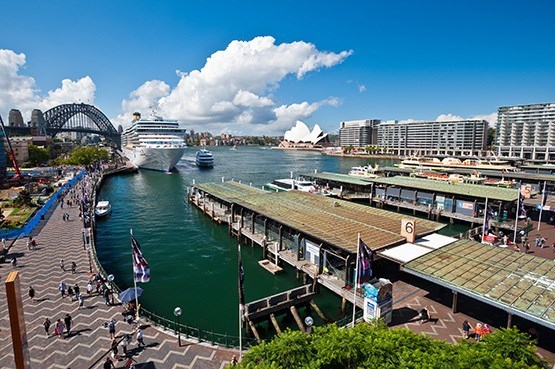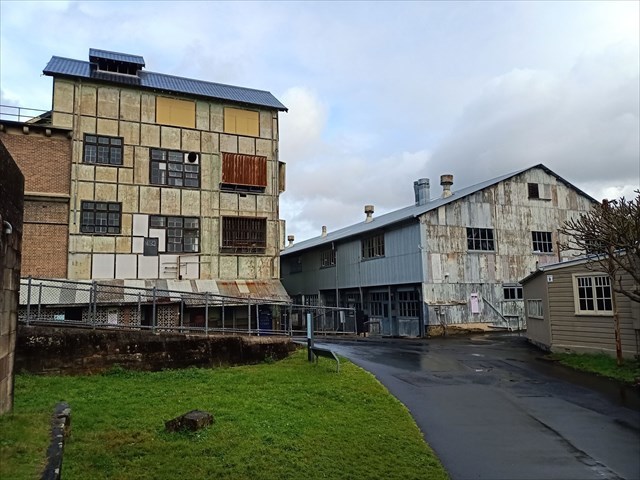Totally Findable Tourist Caches

Welcome to Sydney
This series of geocaches is designed primarily with visitors to Sydney in mind who may have limited time and transport options and want a quick and easy find while out enjoying some sightseeing around this beautiful city.
All cache containers will be one of three types; a flat magnetic key case (MKC), a round film canister (FC or MFC for magnetic) or a fake rock (FR).
The hint will indicate the type of container used and will be very specific to help you find the cache easily. If you want a challenge to find this cache and don't wish to know exactly where it's hidden, do not look at the hint.
At each location you’ll be given some information about the site you are visiting.
Enjoy!
-------------------------------
Grand Designs

This area is know as the Ship Design Precinct. Many talented and highly skilled people once worked here
A ship is such a massive structure, it may compel us to think, "What does it takes to build a such a gigantic thing?" More than that, "Who makes them?"
Designing a ship is quite a challenging task. It requires the application of engineering principles to the ocean environment.

The light cruiser HMAS Adelaide being launched at Cockatoo Island Dockyard in 1918.
The person who has studied the art of ship building is known as a naval architect. The main job of a naval architect is the process of planning and drawing of any kind of floating structure. Thus, the job involves basic design of the ship, including estimating ship stability and hull form. A sailor or ship personnel has to work on a ship throughout but a naval architect’s job expects him to work both on ship and land. The main activities that a naval architect is involved with during the lifecycle of the ship construction process can be enumerated as:
Sketching the preliminary design, detailed drawing layout, planning and construction, launching and dry-docking, evaluating and testing.

The Making of a Naval Architect
A naval architect goes through rigorous training for a couple of years, which also includes an internship. They are trained to be proficient in structures, construction, concept design and subjects such as hydrodynamics and hydrostatics.
Nowadays the designing and structuring of a floating vessel is generally done on computers with the help of specialised software programs. Each and every qualified naval architect is expected to be well versed in the operating of such software programs. The software uses analytical data to generate blue prints of sea going vessels, considering various parameters such as sea stability, resistance, hull development, powering, steering etc.
After a few years of experience, a naval architect is expected to take up the management of the entire yard or a specific project which includes duties such as planning, production and the complex operation of fitting out. Also in the present competitive world, a naval architect must continuously upgrade their skills with the latest technology and managerial procedures. This is necessary because every company is looking for ways to make savings with their existing techniques and equipment by adopting new processes and practices.
To become a naval architect, the following steps are required.
- A graduation in naval architecture, ocean or marine engineering
- An apprenticeship in a shipping company
- A higher academic degree pertaining to the requisite skills.
Is this a career you would like to pursue?
Source: brighthubengineering.com